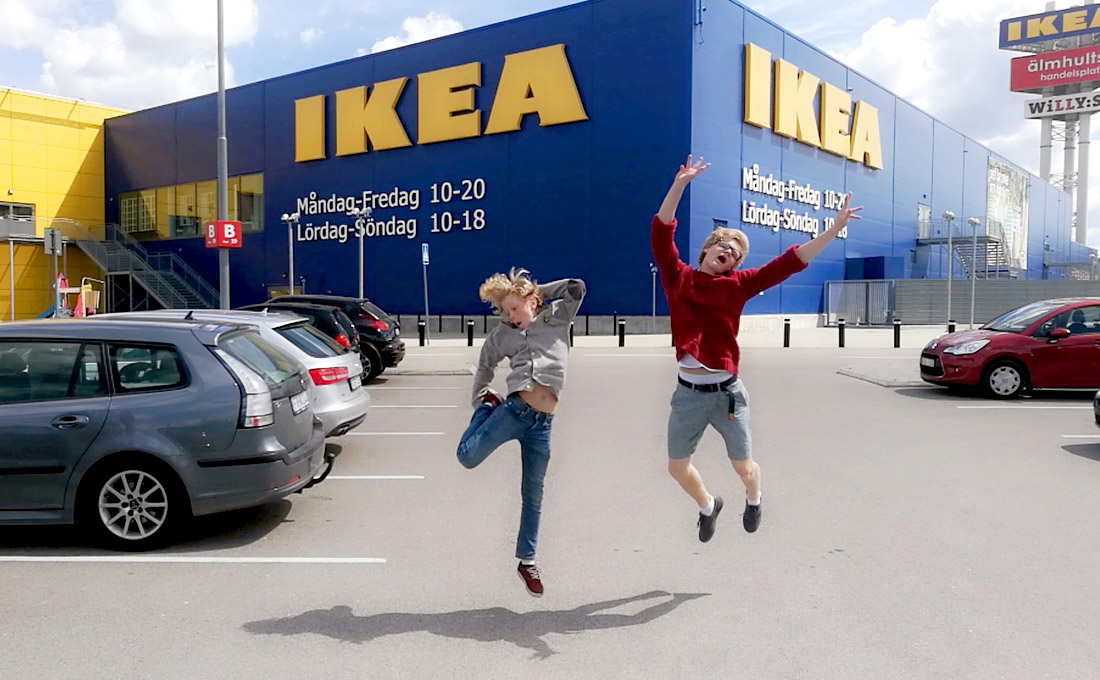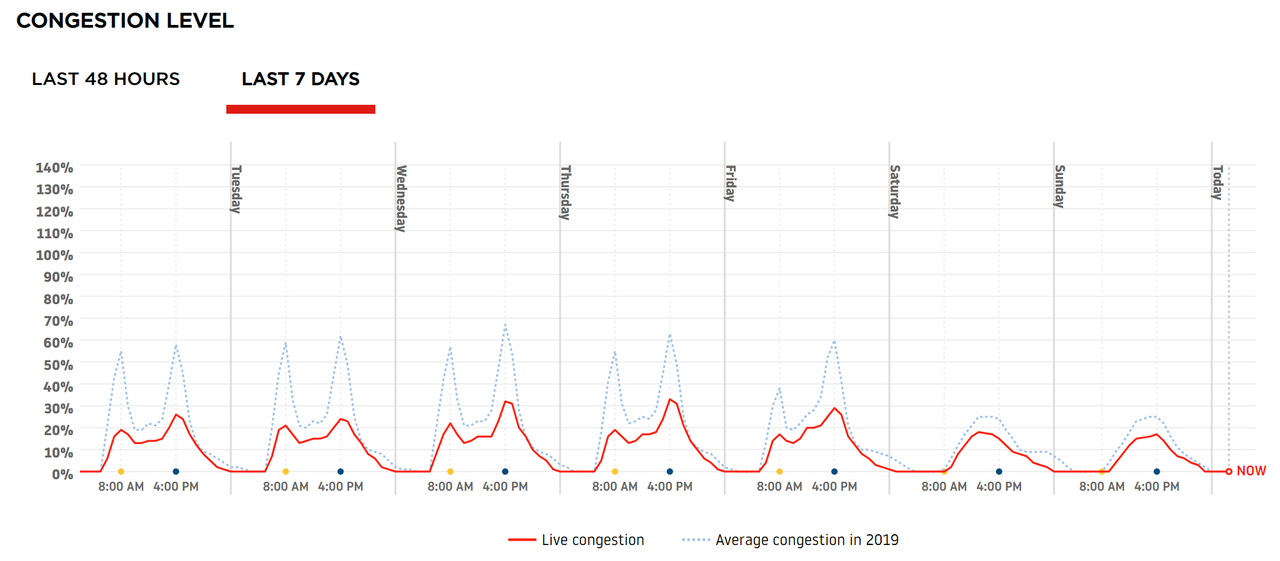Keep in mind that Sweden has a highly educated population able to follow simple directions. Not true for the US where 50% of the population are leftist. Sweden is a country before migrants had self check out grocery stores for years without security, and nobody would steal anything.
Sweden has decided to take a slightly different approach to coronavirus than the rest of the world, allowing life to go on as ‘normal’ with a few exceptions.
Unlike neighboring Denmark – which has restricted meetings to 10 people or less, Swedes are still going out to nightclubs, hanging out with friends, and even ‘enjoying ice creams beneath a giant Thor statue in Mariatorget square,’ according to the BBC.
We who are adults need to be exactly that: adults. Not spread panic or rumors,” said Prime Minister Stefan Löfven in a televised address to the country last weekend.
“No one is alone in this crisis, but each person has a heavy responsibility.”
And while the country has limited gatherings to 50 people as of Sunday, the government is largely leaving decisions over self-isolation and social distancing up to the citizens. BBC notes that almost half of Stockholm residents are working remotely, and that traffic is quieter than usual. Stockholm’s public transport company SL reports 50% fewer riders on subway and commuter trains last week.
Stockholm Business Region, a state-funded company that supports the city’s global business community, estimates that rises to at least 90% in the capital’s largest firms, thanks to a tech-savvy workforce and a business culture that has long promoted flexible and remote working practices.
“Every company that has the possibility to do this, they are doing it, and it works,” says its CEO Staffan Ingvarsson.
His words cut to the heart of the government’s strategy here: self-responsibility. Public health authorities and politicians are still hoping to slow down the spread of the virus without the need for draconian measures. –BBC
According to the report, there are ‘guidelines’ but not strict rules. People are advised to stay home if they’re sick or elderly, wash hands, and avoid non-essential travel whenever possible.
So far the country has had roughly 3,500 cases and 105 deaths.
Demography may also be a relevant factor in the country’s approach. In contrast to the multi-generational homes in Mediterranean countries, more than half of Swedish households are made up of one person, which cuts the risk of the virus spreading within families. –BBC
The BBC also notes that swedes love the outdoors – and officials have said that forcing people to stay inside would be physically and mentally unhealthy.
“We have to combine looking at minimising the health effects of the virus outbreak and the economic impacts of this health crisis,” said Stockholm Chamber of Commerce CEO Andreas Hatzigeorgiou.
“The business community here really thinks that the Swedish government and the Swedish approach is more sensible than in many other countries.”
Some Swedish doctors and scientists are raising alarm over the Swedish government’s approach to COVID-19.
Like in many other countries, the spread of COVID-19 is quite uneven in Sweden. Most cases have been diagnosed and treated in the greater Stockholm area, and lately also in the northern county of Jämtland – a popular destination for skiers. On the other hand, some other geographical areas are relatively spared, at least for the moment. In the third largest Swedish city, Malmö, still only a few cases have been hospitalised at the time of writing.
There is no doubt that the epidemic will spread, but the speed of this is disputed. The national Public Health authorities are also sceptical about the need for lock-down in most of the country, but discussions are now ongoing to enforce such an intervention in the capital area.
Given the uneven and relatively modest spread of the virus in Sweden at the moment, its initial strategy may not turn out to be reckless. But going forward, Sweden is likely to have to impose stricter restrictions depending on how the virus spreads, especially in metropolitan areas or when the healthcare system is under severe strain.










